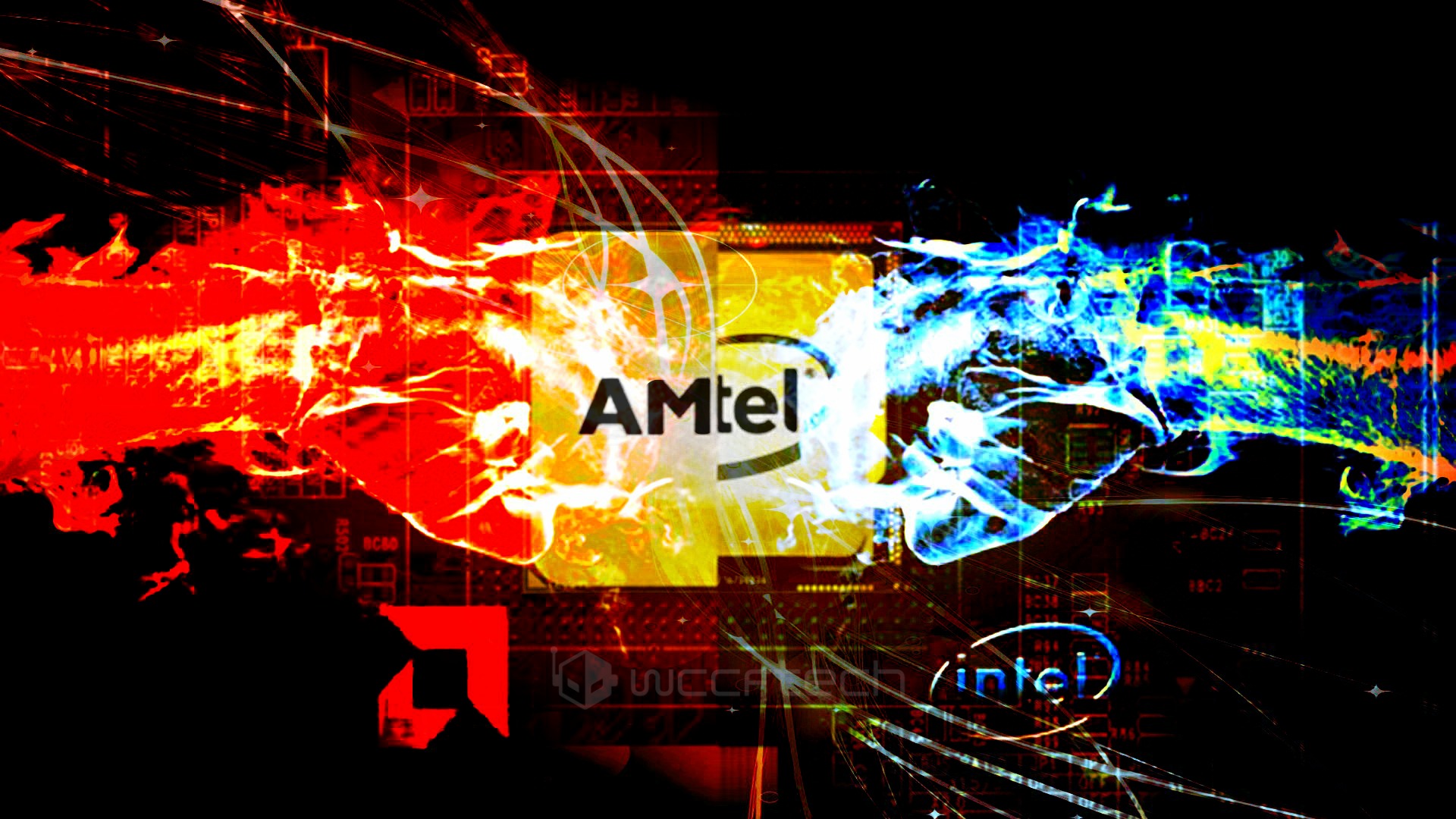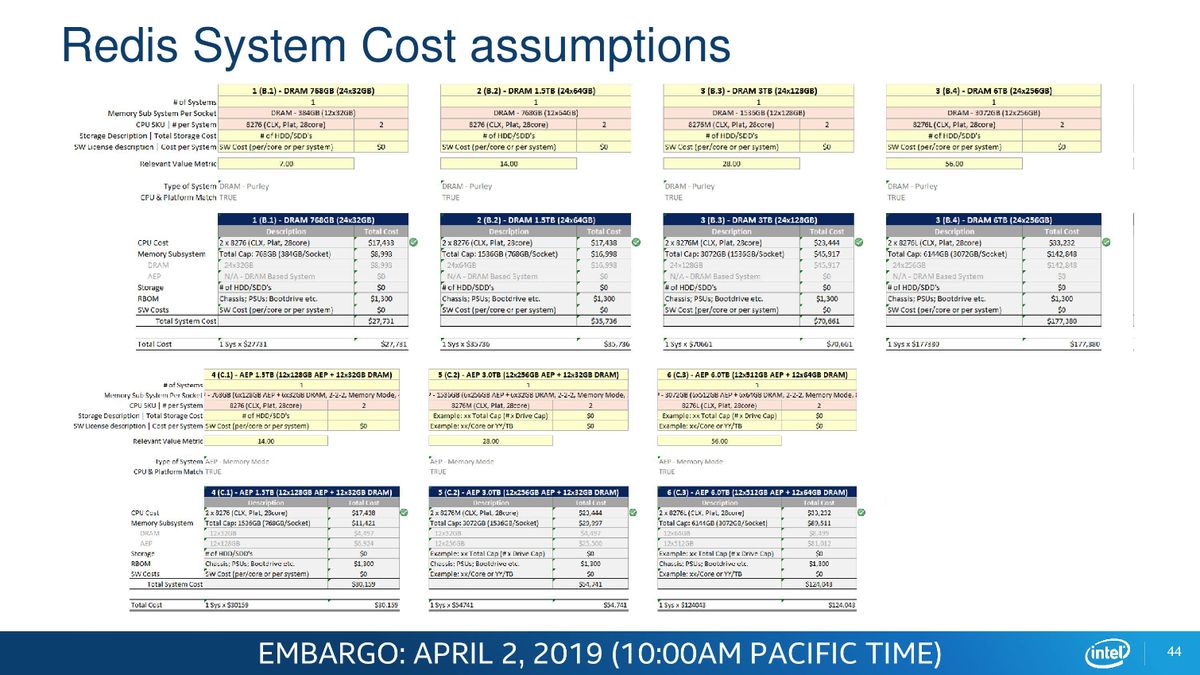AMD will announce 3Q earnings after the market closes today. I will update this post as info comes out.
In the mean time, saw this on [WCCF]

 wccftech.com
wccftech.com
I'm not familiar with the Korean market so I don't know how big it is or how much it is driven by more boutique builders or by large OEMs. A European report linked in the WCCF article states that AMD rose from 7% to 12% of pre-built machines in 3Q in the European region. It will be interesting to see what AMD reports today in their quarterly earnings.
In the mean time, saw this on [WCCF]

AMD Outsells Intel in Korea for First Time in History, Doubles Sales in Europe
Once again AMD finds itself making headlines ahead of its earnings report tomorrow for the headway its products have recently been making around the world. In Korea, the company's processors have reportedly outsold Intel's for the first time in history. According to the research arm of...
AMD has traditionally done very well in the do-it-yourself channel market, where customers buy parts separately and build their own PCs. Although the pre-built OEM market has been much much harder for the company to penetrate, due to Intel's multi-decade long entrenchment in that space.
Which is precisely why this is such a big deal, AMD has rarely ever outsold Intel in the pre-built market and it has in fact never done so in Korea, a market where both of AMD's competitors NVIDIA & Intel have traditionally been very strong in.
I'm not familiar with the Korean market so I don't know how big it is or how much it is driven by more boutique builders or by large OEMs. A European report linked in the WCCF article states that AMD rose from 7% to 12% of pre-built machines in 3Q in the European region. It will be interesting to see what AMD reports today in their quarterly earnings.






